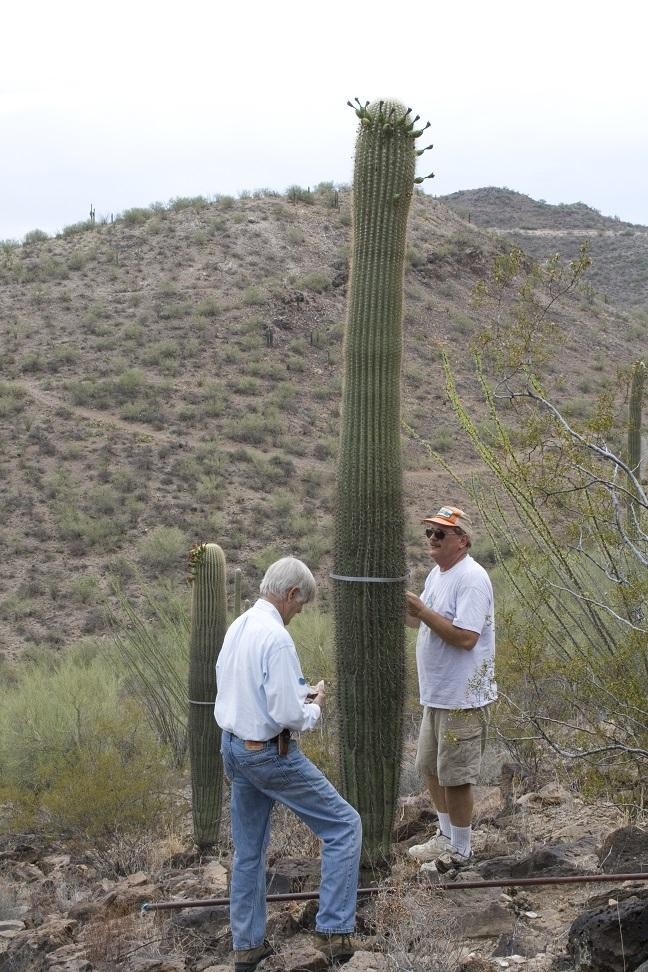A 200-year-old desert giant was destroyed after a seasonal downpour. As former visitors lamented its demise and shared pictures of the statuesque structure in all its splendor, park officials pointed out what they thought would be a "silver lining."
This famous symbol of the Southwest stood for two centuries.
Fall of a Historic Icon
Following significant rainfall in southern Arizona, a historic cactus known as the Bicentennial Cactus that had overlooked the Sutherland Wash since just before the turn of the 19th century toppled.
The Arizona Department of Parks posted on Facebook, "Powerful seasonal rains can quickly impact the desert landscape. The loss of this enormous, iconic 200-year-old Saguaro on the Romero Ruins trail overlooking the Sutherland Wash at Catalina State Park in Tucson is one change regular park visitors can't miss."
Iconic Cactus
According to the Arizona-Sonora Desert Museum, the Saguaro is the tallest cactus in the United States and can reach heights of up to 40 feet. The longest one was 78 feet. According to the department, the Saguaro was between 40 and 50 feet tall with more than 30 arms. However, when the cactus was discovered, it had broken at the stem and had its enormous limbs spread across the ground.
Arizona State Parks and Trails Communications Coordinator Elisabeth Haugan stated, "We don't know the exact day it went down, but it was sometimes amid the significant rains Tucson got in August.
Facing Extreme Weather
Thunderstorms rumbled to life throughout southeastern Arizona on August 28, according to AccuWeather Meteorologist Mary Gilbert, the day before the Arizona Department of Parks posted.
While most of these storms were dispersed in nature, Gilbert noted that a handful appeared to have made it close to Catalina State Park. Totals could have been higher in the park itself, but even a seemingly insignificant amount of rainfall can have significant effects in the desert. "Rainfall amounts across the region were measured between 0.15 and 0.50 of an inch."
August typically sees approximately 2 inches of rain in Tucson, less than 15 miles south of the park. According to Gilbert, the city's August rainfall was 2.82 inches or 142% of its typical monthly rainfall.
She continued, pointing out that July and August are the region's wettest months of the year, largely due to the effects of the North American monsoon season.
Remembering the Tourist Destination

Numerous visitors to the Catalina State Park shared their memories of their trip in the Facebook comments and images of the monster, demonstrating how big it had become after two centuries of growth.
One featured a man standing next to the stem of the famous cactus. The leading group of the plant's limbs sprouted from right above the top of his skull. Many others depicted the enormous cactus towering over passengers and providing shade to protect them from the sun.
According to park officials, because the plant had fallen off the route, it will remain there and provide food and shelter for animals as it decomposes.
The Arizona Game & Fish Department responded to the post with, "Sad, but great to realize it'll still be a magnificent home for many creatures for years to come!" This was described as "the silver lining to the loss of this icon" by the Arizona Department of Parks.
For more environmental news, don't forget to follow Nature World News!
© 2025 NatureWorldNews.com All rights reserved. Do not reproduce without permission.

